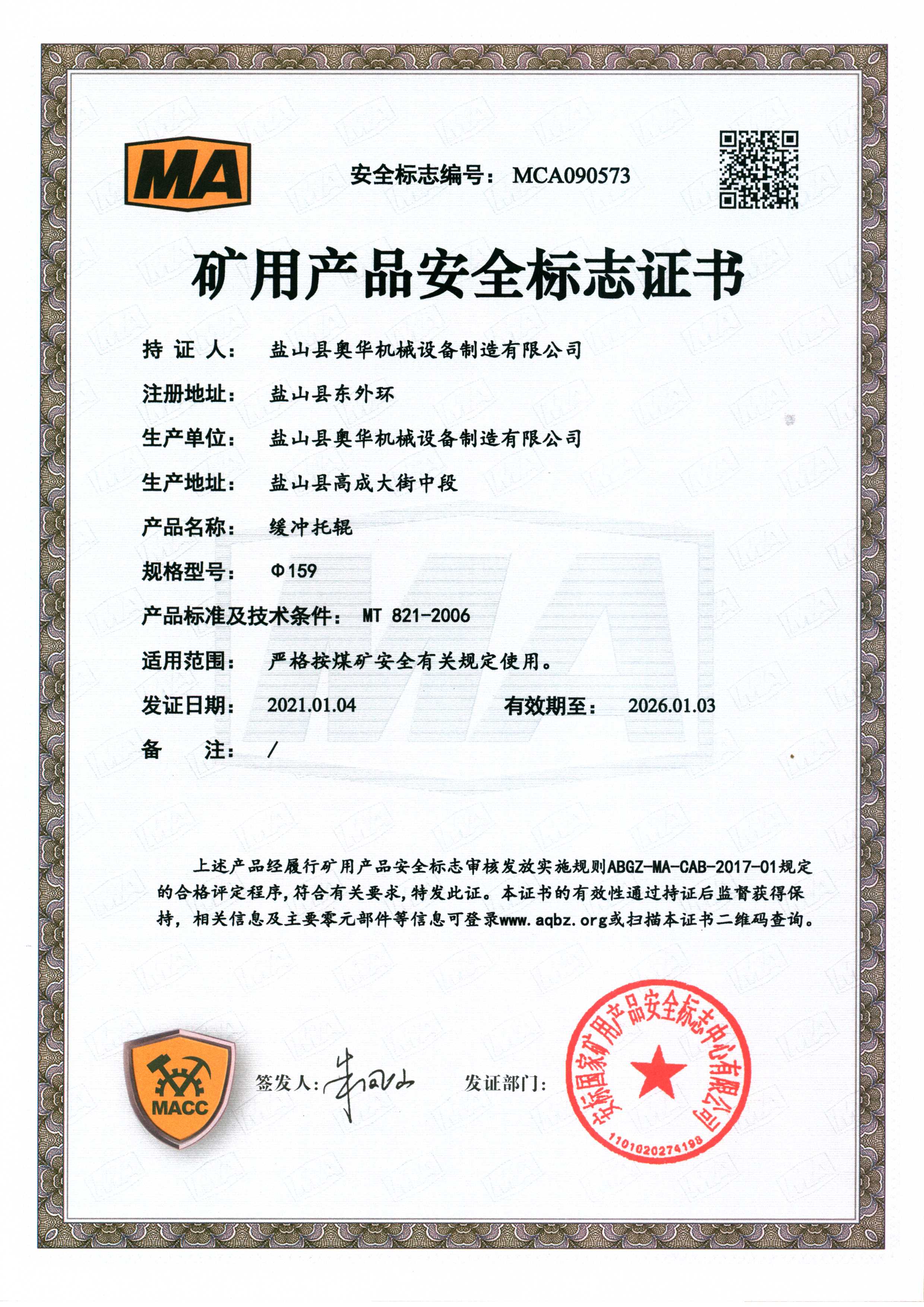 Afrikaans
Afrikaans  Albanian
Albanian  Amharic
Amharic  Arabic
Arabic  Armenian
Armenian  Azerbaijani
Azerbaijani  Basque
Basque  Belarusian
Belarusian  Bengali
Bengali  Bosnian
Bosnian  Bulgarian
Bulgarian  Catalan
Catalan  Cebuano
Cebuano  Corsican
Corsican  Croatian
Croatian  Czech
Czech  Danish
Danish  Dutch
Dutch  English
English  Esperanto
Esperanto  Estonian
Estonian  Finnish
Finnish  French
French  Frisian
Frisian  Galician
Galician  Georgian
Georgian  German
German  Greek
Greek  Gujarati
Gujarati  Haitian Creole
Haitian Creole  hausa
hausa  hawaiian
hawaiian  Hebrew
Hebrew  Hindi
Hindi  Miao
Miao  Hungarian
Hungarian  Icelandic
Icelandic  igbo
igbo  Indonesian
Indonesian  irish
irish  Italian
Italian  Japanese
Japanese  Javanese
Javanese  Kannada
Kannada  kazakh
kazakh  Khmer
Khmer  Rwandese
Rwandese  Korean
Korean  Kurdish
Kurdish  Kyrgyz
Kyrgyz  Lao
Lao  Latin
Latin  Latvian
Latvian  Lithuanian
Lithuanian  Luxembourgish
Luxembourgish  Macedonian
Macedonian  Malgashi
Malgashi  Malay
Malay  Malayalam
Malayalam  Maltese
Maltese  Maori
Maori  Marathi
Marathi  Mongolian
Mongolian  Myanmar
Myanmar  Nepali
Nepali  Norwegian
Norwegian  Norwegian
Norwegian  Occitan
Occitan  Pashto
Pashto  Persian
Persian  Polish
Polish  Portuguese
Portuguese  Punjabi
Punjabi  Romanian
Romanian  Russian
Russian  Samoan
Samoan  Scottish Gaelic
Scottish Gaelic  Serbian
Serbian  Sesotho
Sesotho  Shona
Shona  Sindhi
Sindhi  Sinhala
Sinhala  Slovak
Slovak  Slovenian
Slovenian  Somali
Somali  Spanish
Spanish  Sundanese
Sundanese  Swahili
Swahili  Swedish
Swedish  Tagalog
Tagalog  Tajik
Tajik  Tamil
Tamil  Tatar
Tatar  Telugu
Telugu  Thai
Thai  Turkish
Turkish  Turkmen
Turkmen  Ukrainian
Ukrainian  Urdu
Urdu  Uighur
Uighur  Uzbek
Uzbek  Vietnamese
Vietnamese  Welsh
Welsh  Bantu
Bantu  Yiddish
Yiddish  Yoruba
Yoruba  Zulu
Zulu Various Types of Take-Up Pulleys and Their Applications in Industries
Understanding the Types of Take-Up Pulleys
Take-up pulleys are essential components in various mechanical systems, especially in conveyor systems, where they play a critical role in maintaining the proper tension of belts. By adjusting the position of the take-up pulley, operators can eliminate slack in the conveyor belt system, preventing excessive wear and tear, and ensuring smooth operation. This article will explore the different types of take-up pulleys, their applications, and key features that distinguish them from one another.
1. Fixed Take-Up Pulleys
Fixed take-up pulleys are installed in a stationary position and are typically used in applications where the belt length does not change frequently. They are often found in systems where high tension is required and typically consist of a pulley mounted on a rigid frame. The tension is adjusted by manually moving the entire pulley assembly or by using a mechanical lever mechanism. While effective, fixed take-up pulleys may require more maintenance because adjustments can be cumbersome.
2. Adjustable Take-Up Pulleys
Adjustable take-up pulleys introduce versatility into the system. They allow for easy modification of the belt tension and can be adjusted on-the-fly. This is particularly useful in environments where the material being transported might cause the belt length to change due to stretching, wear, or temperature fluctuations. Adjustable systems can be designed with vertical or horizontal configurations and often use threaded rods or sliding frames to facilitate the requisite changes. Operators favor these pulleys due to their ability to maintain optimal tension without significant downtime.
types of take up pulley

Gravity take-up pulleys utilize the force of gravity to maintain proper belt tension. A weight or counterweight is attached to the pulley system, allowing it to automatically adjust tension as the belt stretches or contracts. This system is particularly advantageous in allowing continuous operations without the need for manual intervention. Gravity take-ups are commonly used in long conveyor belts where maintaining consistent tension is crucial for operational efficiency. However, careful attention must be paid to the weight used, as improper weight can lead to either excessive tension or slack.
4. Spring-Loaded Take-Up Pulleys
Spring-loaded take-up pulleys use a spring mechanism to maintain tension on the conveyor belt. These systems can compensate for belt elongation or contraction more dynamically than fixed systems, providing a more responsive adjustment to changes in load and tension. The spring provides a constant force, ensuring that the belt remains taut regardless of fluctuations in material or environmental conditions. This type is particularly effective in applications with frequent load changes and is widely used in mining and heavy material handling industries.
5. Self-Aligning Take-Up Pulleys
Self-aligning take-up pulleys are designed to automatically align the belt, reducing the risk of misalignment issues. These pulleys help to enhance the longevity of the conveyor system, as misaligned belts can lead to uneven wear and increased maintenance costs. Built with dual axes of rotation, these pulleys can accommodate slight variations in belt position without manual adjustment. They are especially beneficial in systems operating in rugged conditions where debris or environmental shifts may cause belt misalignment.
Conclusion
Take-up pulleys are vital components that ensure the efficient and safe operation of conveyor systems. Understanding the different types—fixed, adjustable, gravity, spring-loaded, and self-aligning—enables operators and engineers to select the right solution for their specific applications. By ensuring optimal belt tension, take-up pulleys not only enhance the performance of the conveyor system but also extend the lifespan of the conveyor belt, thereby reducing maintenance costs and downtime. Choosing the correct type of take-up pulley is crucial for achieving the desired operational efficiency and reliability in any industrial setting.
-
Trusted Conveyor Solutions from Leading Conveyor Idler Roller ManufacturersNewsJun.27,2025
-
Reliable Return Idler Solutions for Efficient Belt Conveyor SystemsNewsJun.27,2025
-
Precision Conveyor Accessories for Streamlined Material HandlingNewsJun.27,2025
-
High-Quality Belt Conveyor Idler Solutions for Efficient Material HandlingNewsJun.27,2025
-
High-Performance Belt Conveyor Pulleys for Reliable Material HandlingNewsJun.27,2025
-
Enhancing Material Handling EfficiencyNewsJun.27,2025





























